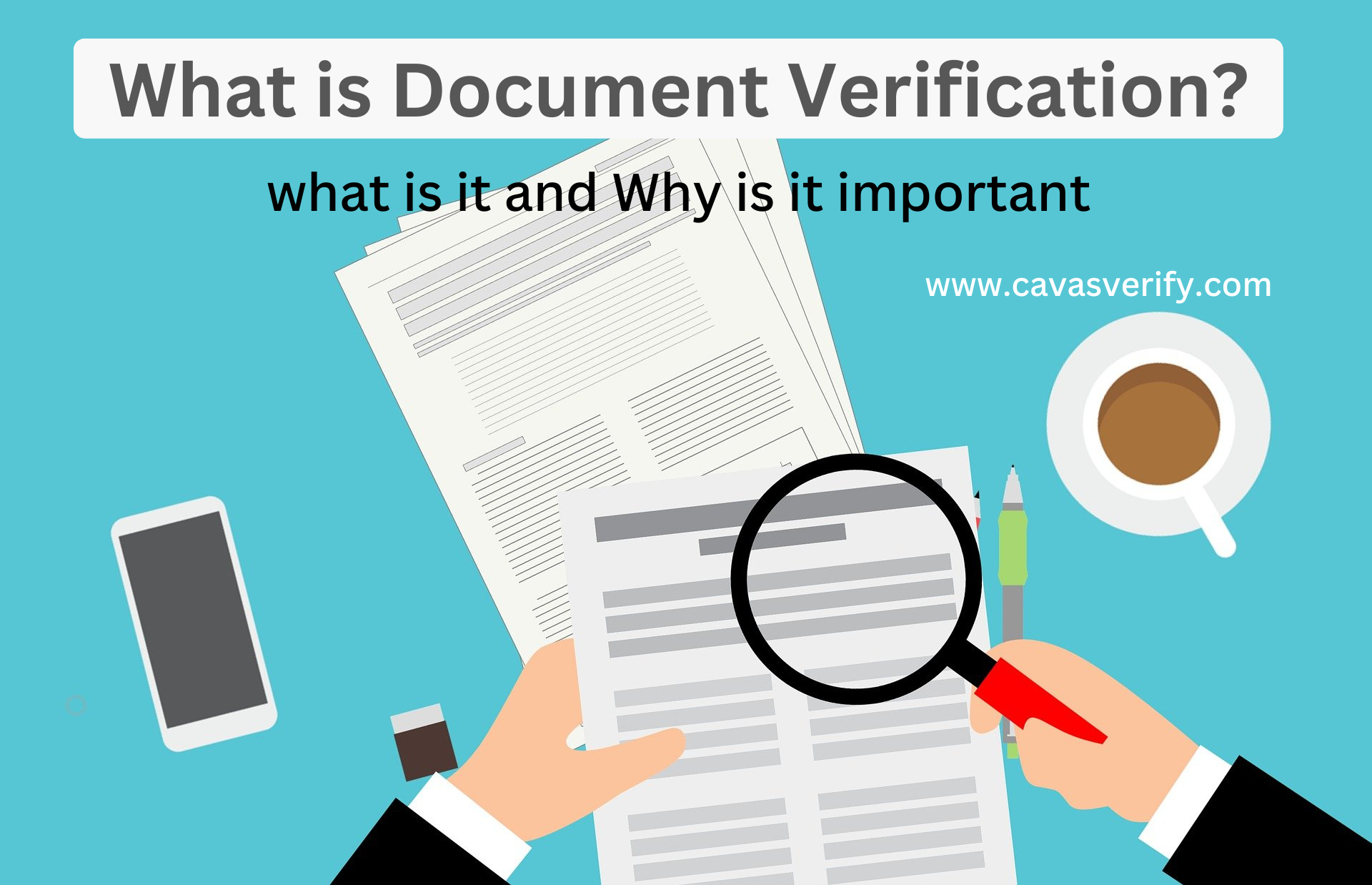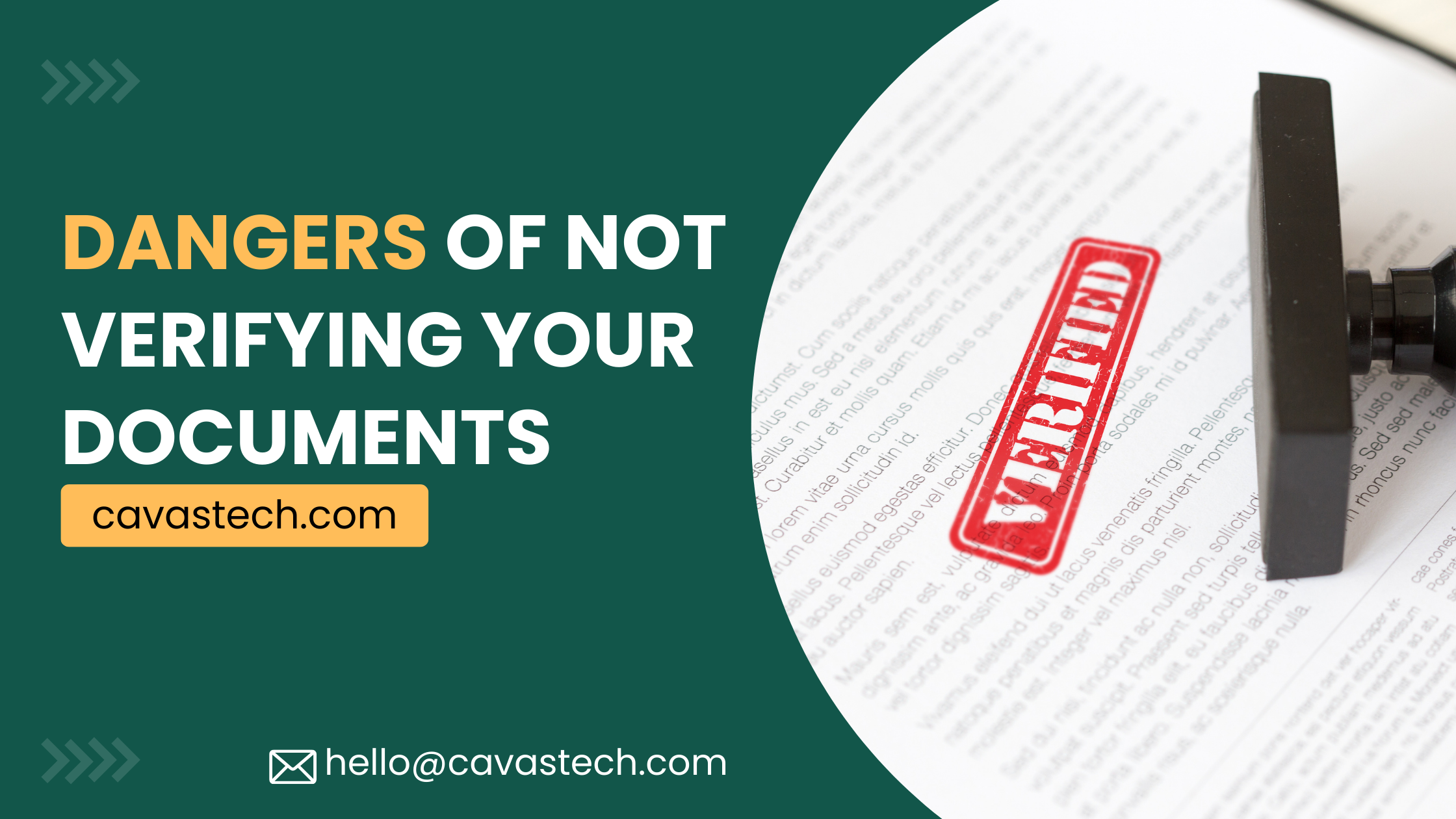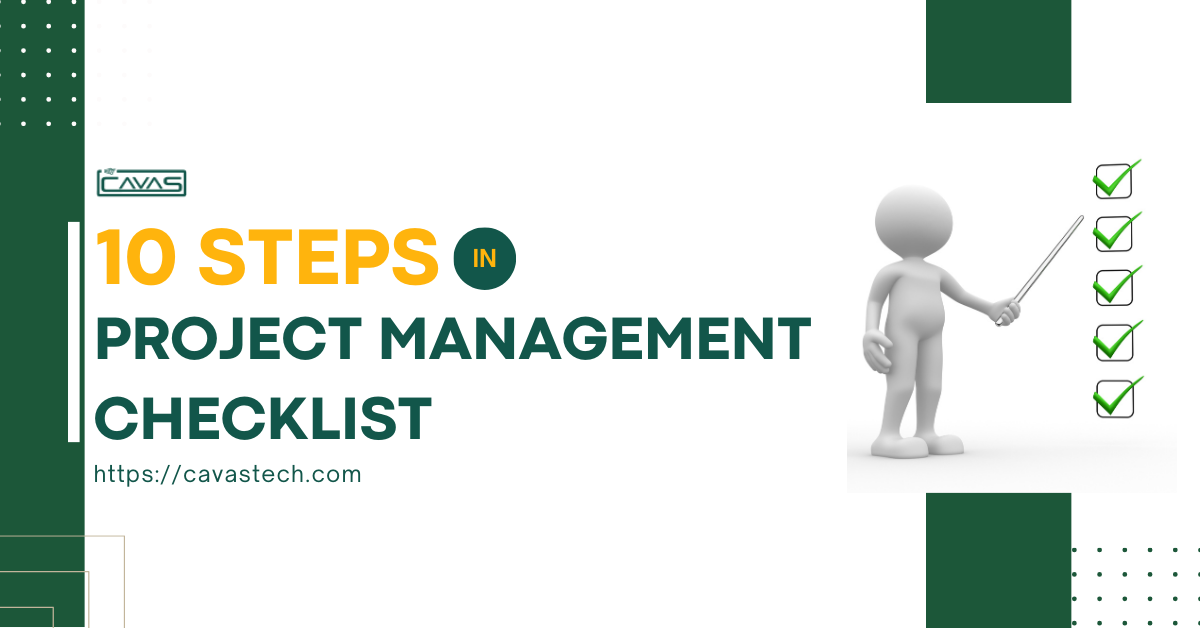Forgery can severely impact businesses, leading to financial loss, legal ramifications, and reputational damage. If your business falls victim to forgery, it’s essential to seek prompt legal advice to safeguard your interests.
While forgery can come in different forms, in this article, we’d be focusing on document verification and how it can protect you and your business from wrong hands.
Here is what we’d be covering in this article:
What Is Document Verification?
Document verification entails confirming the legitimacy of a document, whether it’s a bank statement, employment record, or business document.
This procedure generally consists of four main steps: gathering documents, extracting data, validating documents, and conducting manual verification.
According to Klippa, Fraud threatens businesses and organizations in almost every industry.
These frauds range from identity fraud to financial fraud and pose a risk to the overall strength and integrity of a business.
Therefore, getting in front of this fraud is an important step for businesses today.
Types Of Document Verification
There are two types of document verification
- Manual document verification
- Automated document verification
Manual Document Verification
Manual verification entails human inspection and validation of documents, relying on visual examination and manual checks.
While suitable for businesses verifying only a few documents weekly, it’s susceptible to errors, time-consuming, and unsuitable for high-volume situations.
Automated Document Verification
Automated document verification uses Optical Character Recognition (OCR), AI, and machine learning to efficiently and precisely extract and authenticate data from diverse documents such as passports, driver’s licenses, and bank statements.
Why Should You Verify Your Document?
Verifying your documents is crucial for ensuring their authenticity and reliability. It helps prevent fraud, errors, and potential legal issues.
Additionally, document verification enhances trust among stakeholders and safeguards your business’s reputation.
How Do You Verify Your Document
There are 4 required steps when it comes to document verification
- Document data capture: Here, documents are collected to be verified.
- Data Extraction: Here, it is necessary to extract the necessary data from the document to prepare it for the next step. At this step, documents can also be classified based on document structure.
- Document validation: This is the point where we validate data. You can use database matching to perform this action. You must match data from documents with data from a trusted database.
- Verify document with a manual check: As a final step, any flagged documents can be sent for manual review through approval workflows. This is a human-in-the-loop document verification process. This ensures there are no errors. After checking for everything, the documents are then verified.
Finally
At CAVAS, we understand the intricate challenges of project management in Nigeria.
Delays, budget overruns, and the complexity of managing multiple projects can be overwhelming. That’s why we’re here to revolutionize your approach to project management.
Our team has created a digital process where you can verify your document from any part of the country.
Documents like Title Deed, Certificate Ownership, Land Purchase Agreement and more are documents you can verify from anywhere you are.
All you just need to do is to fill in our forms that require a few details, then one of our legal experts will reach out to you.
You can try verifying your verification process here.



